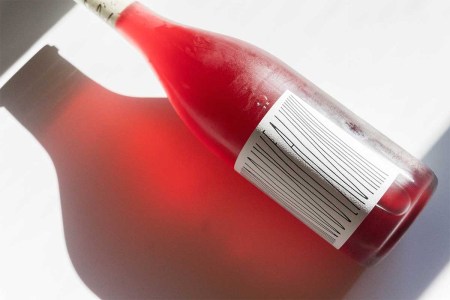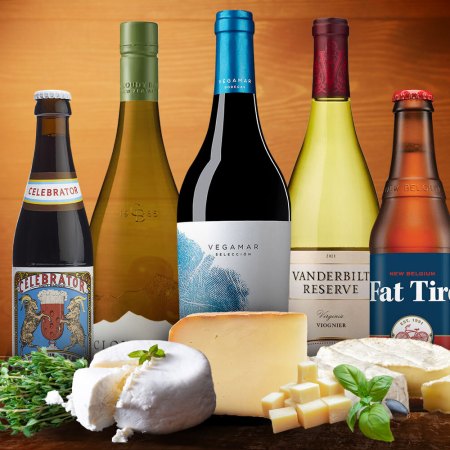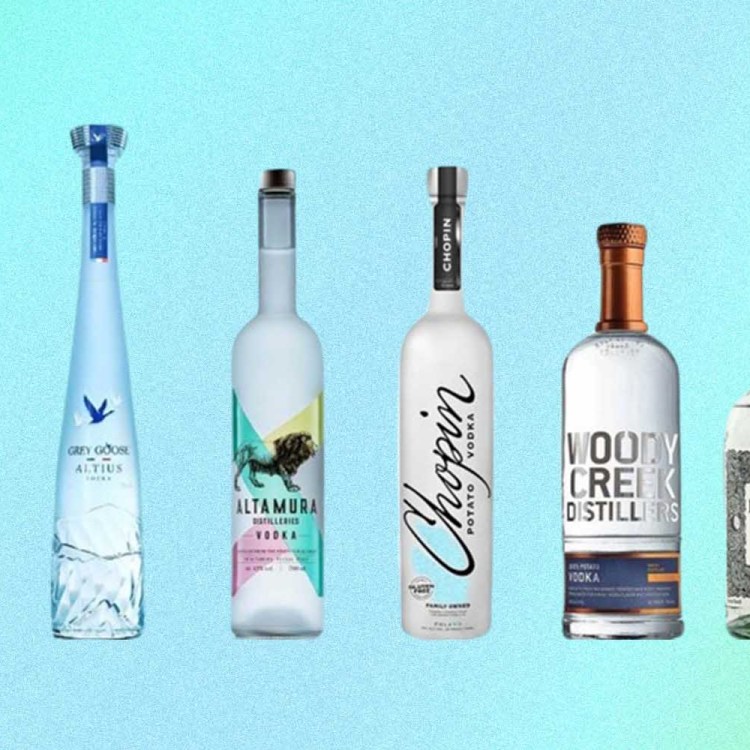Hey there… sorry for the interruption. Before you dive into this article, we just wanted to quickly let you know that we now have a new weekly newsletter devoted solely to drinks and drink culture called The Spill. If this seems like it might be up your alley, please go here and sign up. We think you’ll like it.
Chances are, mentioning words like “Spumante” or “Moscato” will elicit a full-body shudder. These Italian sparkling wines have the reputation of being sweet, sugary and highly hangover-provoking. And for good reason.
“It maybe has something to do with the millions of bottles of dubiously-produced Spumante d’Asti wine that flooded the U.S. market in the ‘80s,” says sommelier Ted Rink of Chicago’s BLVD Steakhouse. It was almost impossible to hide from these industrial, budget bottles of Piedmontese bubbles. (Does anyone remember all the Martini and Rossi commercials?)
But that’s what drinkers of that decade liked. “They had a taste for fruit-forward and more ‘sweet’ wines,” says Kaitlyn Ellis of Giusto in Newport, Rhode Island. So along with wine coolers, Beaujolais Nouveau, blue lagoons and other regrettable ‘80s drink trends, hyper-sweet Spumante d’Asti was everywhere.
The Strange Rise, Fall and Rebirth of Beaujolais Nouveau
A much-scorned wine category is resurrected by a new wave of California winemakersCategorically, all Spumante d’Asti wines are sweet — the Moscato Bianco grape is naturally high in sugar. But the stuff imported to the States was exceptionally so. They were “mass-produced, super sweet, $5 bottles that allow you to wake up with a screaming headache,” says Amy Racine, Beverage Director at JF Restaurants.
The region is trying to shake off those stigmas. Subpar bottles are still abundant but try a good Asti Spumante DOCG and you’ll find it’s light-bodied and refreshing with a subtle sweetness (think fresh peach over cloying candy), lively acidity and delicate bouquet. At the hands of the right producer, Spumante shows off a range of terroir, techniques and expressions.
“Spumante still tends to be inexpensive, but quality standards have improved and there are new players,” says Rink. “There are more producers making killer dry versions in the Champagne method.” Don’t believe me? Some of the region’s top producers of brawny, baller reds — including Conterno, Vadjra and Vietti — also make Asti Spumante. In 1993, Asti was awarded DOCG protection.
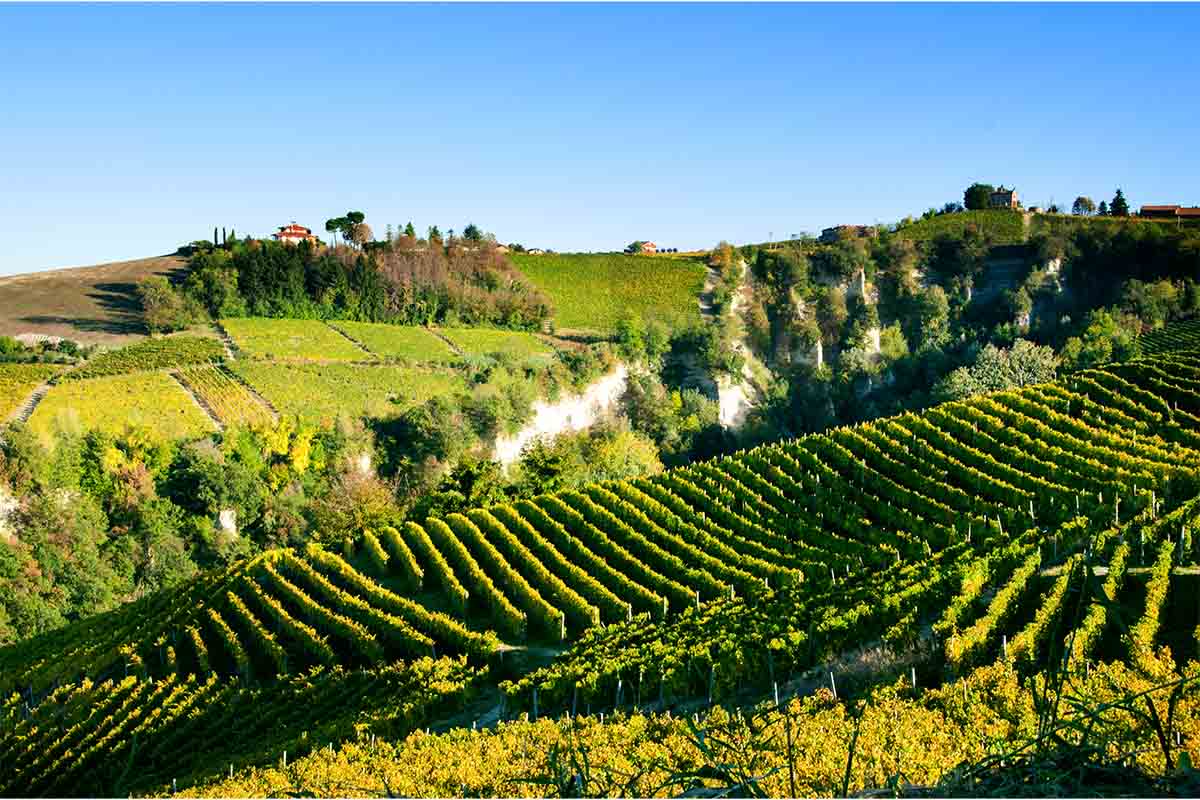
To backtrack, what is Asti Spumante DOCG? It’s one of two different sparkling expressions of Moscato Bianco grown around the town of Asti in southern Piedmont (the other being Moscato d’Asti).
“Asti Spumante DOCG is about two things: the grape variety Moscato and the north-west rolling alpine hills of Piemonte Italy,” says Master Sommelier Willi Sherer of Elyse Winery. “The Moscato grape is blessed with intense sweet white peach, floral flavors but does not have a much-needed balancing acidity. By adding bubbles, it is transformed into a refreshing, pleasurable drink.”
“I grew up in an Italian-American household, and Asti Spumante holds a very dear place in my heart as it’s what we had when we celebrated everything,” adds Ellis.
Moscato d’Asti also calls for Moscato, but “it’s a different style,” says Racine. “It’s a rarer, more artisanal sparkling wine that is fizzy, rather than fully sparkling like Spumante.”
Moscato d’Asti must be below 5.5% in alcohol, while Asti Spumante can contain up to 9% ABV. “’Asti Spumante has a good amount of bubbles and Moscato d’Asti is just ‘Frizzante’ which is gently sparkled,” Sherer continues.
Both have that slightly candied undertone. Unlike Champagne, there’s no sweetness added to either style — the sweetness comes directly from the grapes.
That natural sugar is the perfect pairing for rich barbecue or flavorful bowls of curried noodles — it cuts through the fattiness of the dishes. (I recently had a glass of spumante with BBQ wings — let me tell you, it works!)
“Asian, Thai, Korean or Szechuan dishes are the perfect heat-centric cuisines to pair with Asti,” says Ellis. “Whether you’re eating food that has a bit of heat or even something that has a bit of fat on it, it cuts that flavor profile and compliments it incredibly well.”
Asti Spumante is also less aggressive in alcohol, making it a “great welcome drink when having guests over with some salumi and cheese — refreshing, fun, low-ABV sipper that doesn’t cost a lot.” says Racine. Pair it with blue cheese, prosciutto or other finger nibblies.
“It is perfect to whet the palate at the start of the meal. It offers a fresh, crisp and effervescent drinking experience, which goes insanely well with everything from oysters to something sweet like a panettone,” says Nick Schulman, Wine Director of RPM in Washington.
Ellis adds that “because of its lower alcohol levels, it also pairs nicely as a digestivo.” Chase it after a bite of chocolate, she suggests. “The bubbles and fruit compensate for the tannin in chocolate. Trust me and just try it with Tiramisu — I promise that a crisp glass of Asti is the perfect compliment.”
Sure, it’s not Champagne, but it’s not trying to be. “Asti Spumante is often written off by many as an inferior table wine compared to Champagne, but it offers oh-so-many different flavors and textures—like comparing apples to oranges,” says Schulman. “Champagne is optimal after aging showing dried fruit and bready aromas whereas Spumante is best served young, where it’s all about freshness of fruit and flowers like ripe peaches and acacia without the oxidative, sometimes nutty flavors of Champagne.”
Aromatic, low-brow and no fuss — it’s wallet-friendly party wine, but what’s wrong with that? Below, a few Spumante choices to get you started:
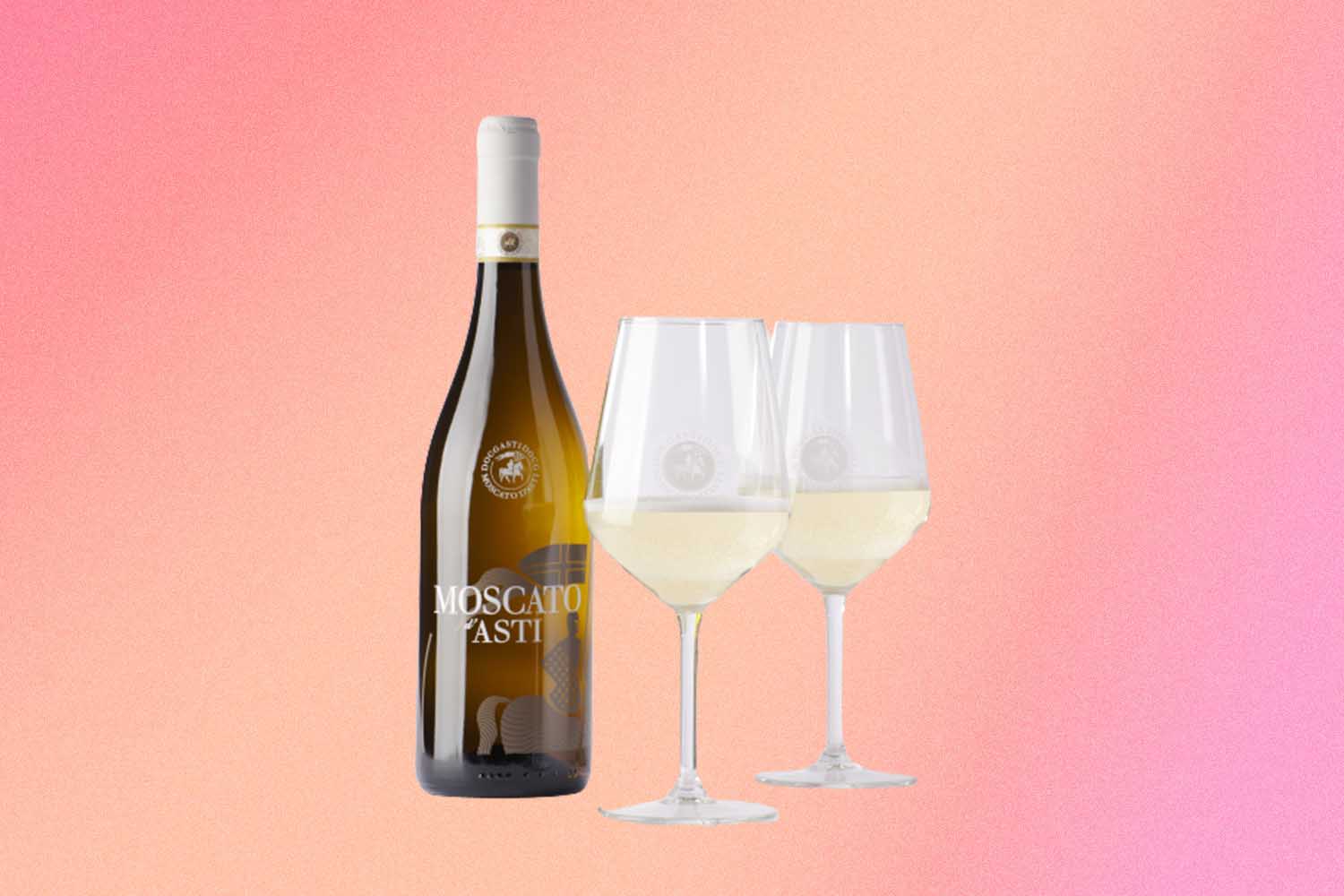
Vietti Moscato d’Asti
The Vietti family is one of the region’s most historic, producing wines from the Castiglione Falletto vineyards deep in Barolo. Their spumante also has that historic swagger, made from only the ripest grapes and filled with beautifully aromatic notes of rose petals and ginger. It’s one of Sherer’s favorites, delivering a “natural fresh white peach flavor that is so enticing to drink.” ($18)
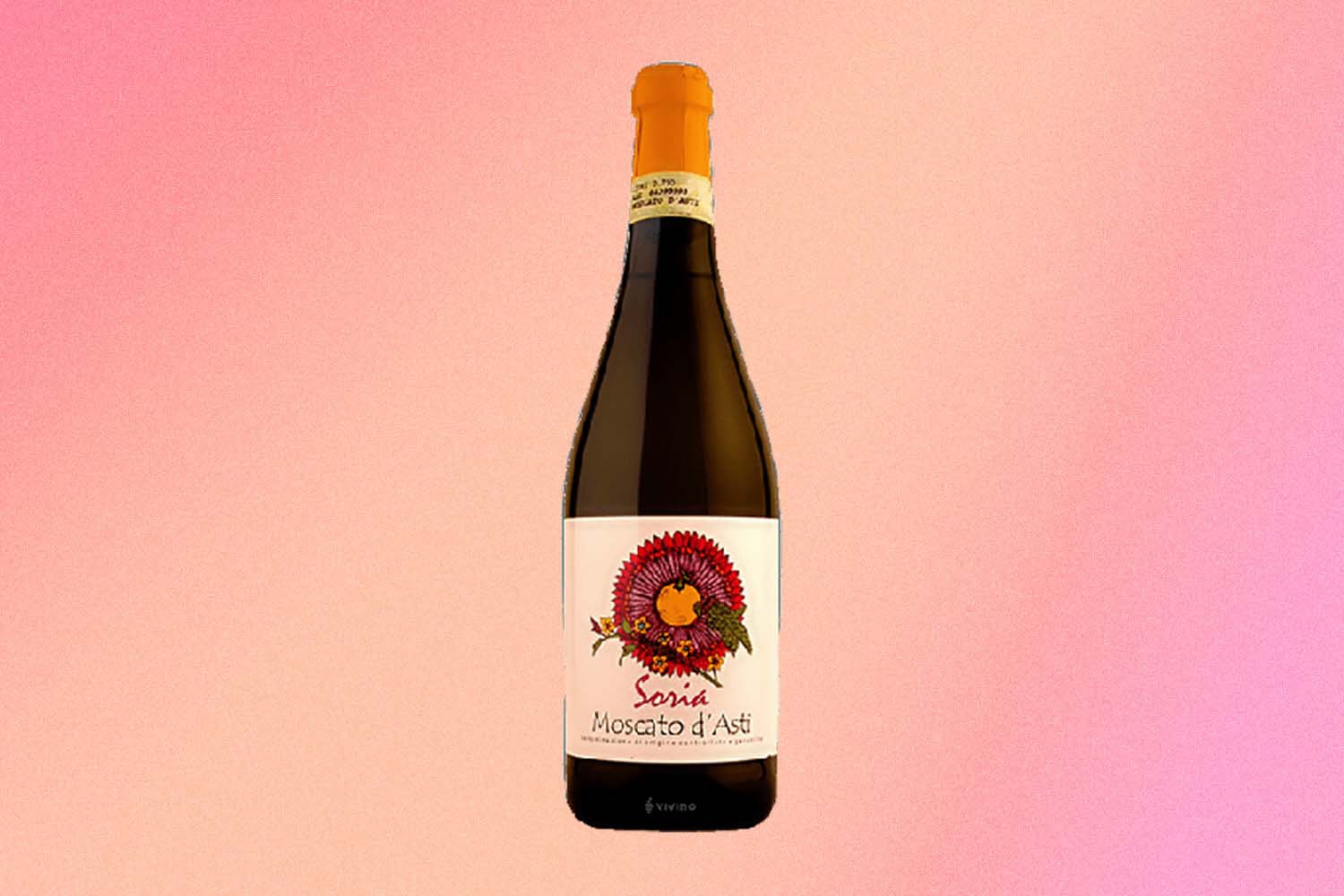
Matteo Soria
In the ‘50s and ‘60s, Soria’s grandfather started holding back some of the Moscato grapes he was selling to Martini Rossi and used it to produce small amounts of his own Asti Spumante. Three generations later, Matteo Soria leans in full-send to Asti’s best Moscato, making sweet to bone-dry bubbles made from Moscato and Pinot Noir grapes. “Matteo Soria makes a very pleasant clean drinking brut style,” says Rink. “Any producer dialing back the sweetness can really allow the floral elements of Moscato Bianco to shine.” ($25)
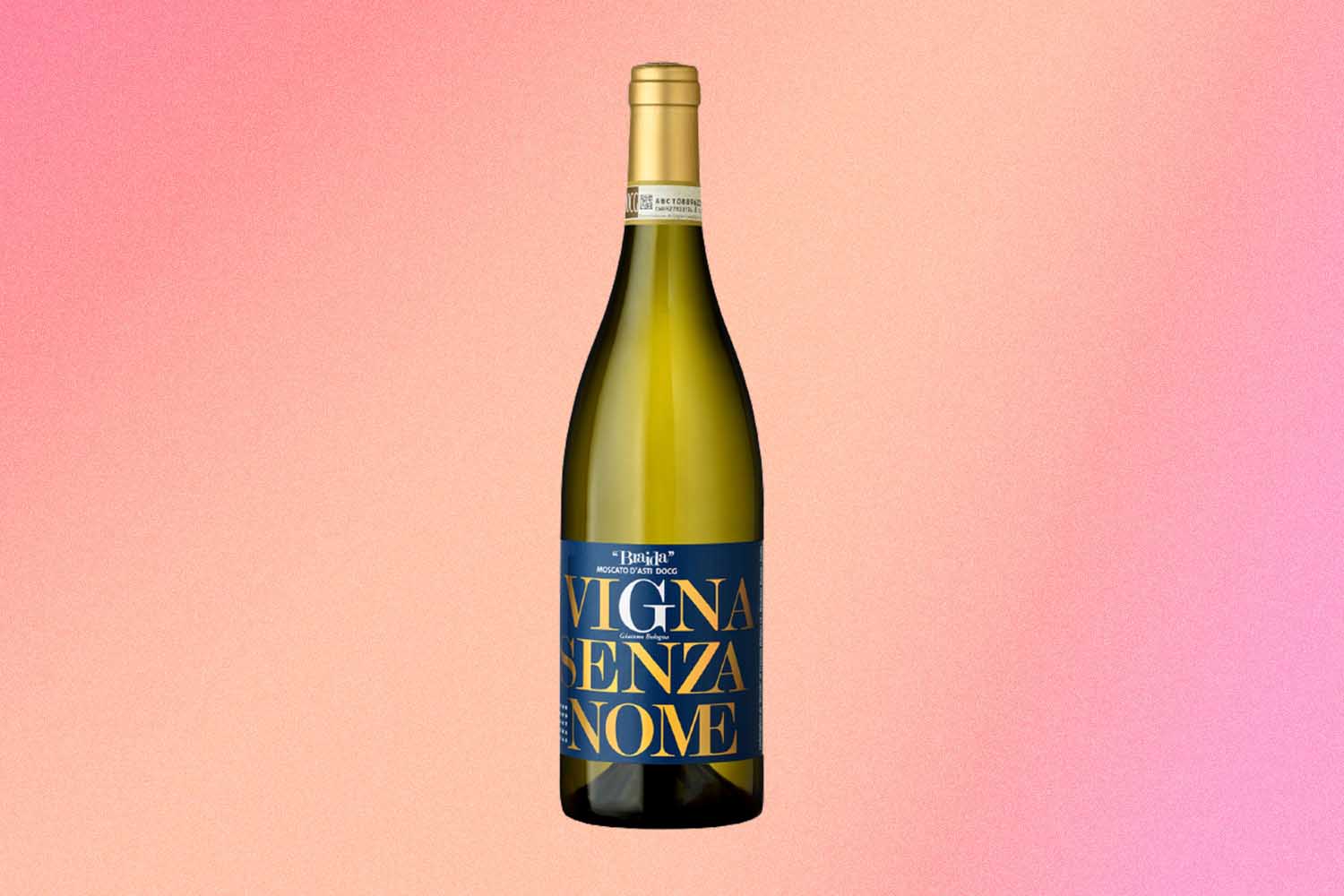
Giacomo Bologna ‘Braida’ Vigna Senza Nome Moscato d’Asti
When the Giacomo Bologna family isn’t busy making stand-out Barberas, they focus their attention on quirkier Moscato d’Asti. The results are high-quality and highly floral, with notes of orange blossom, elderflower and stone fruit. Sweet but refreshing, highly aromatic and delicious. ($22)
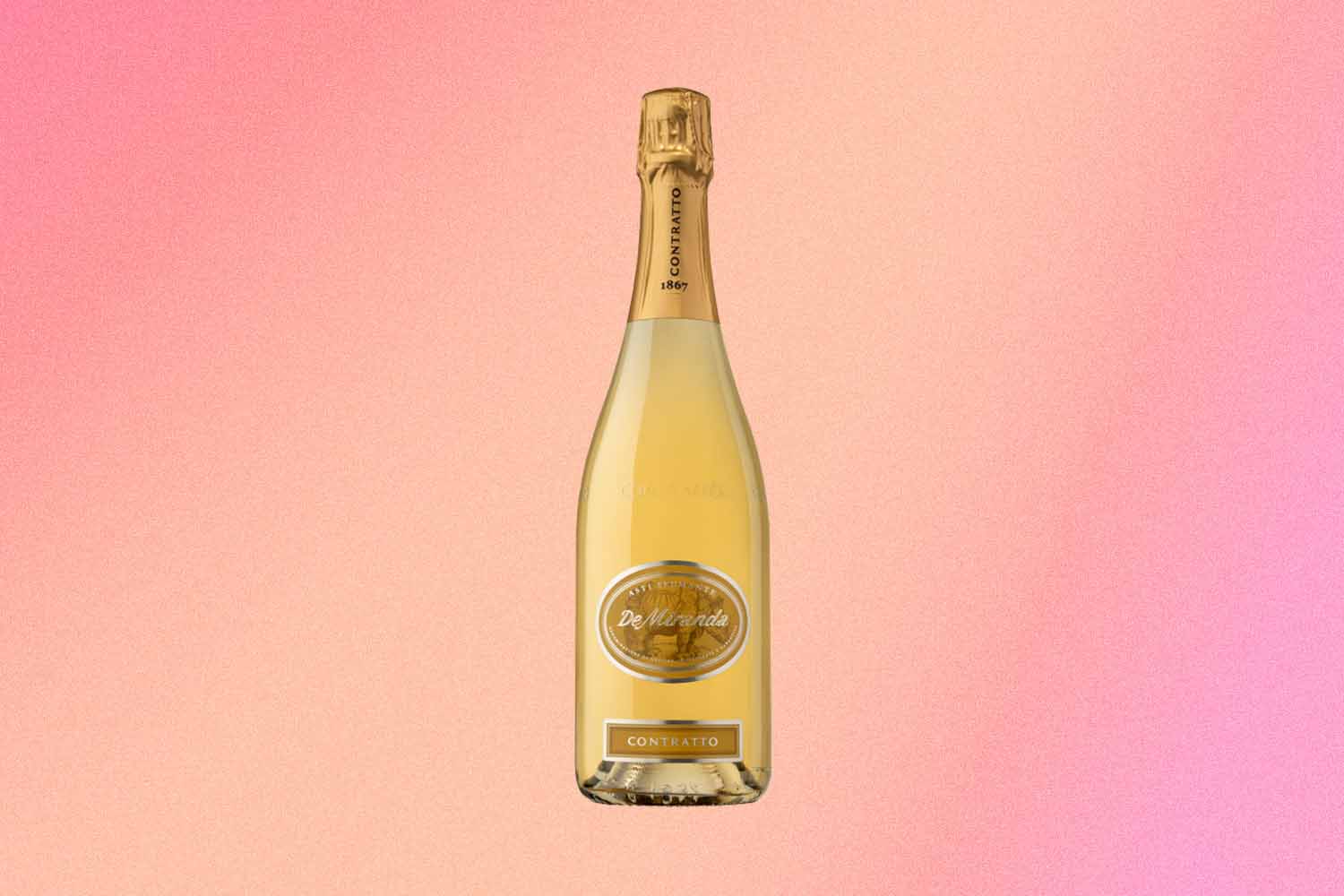
Contratto De Miranda Asti Spumante
The original archetype for spumante was everyday table wine. This eschews that reputation. “Only a few thousand bottles of this are made each year, aged two months in the bottle and can be kept for four more years in the right cellar-like conditions,” says Racine. “Most spumante is meant to be released and consumed immediately, making this unlike any other.” Harder to get your hands on, but worth a search. ($40)
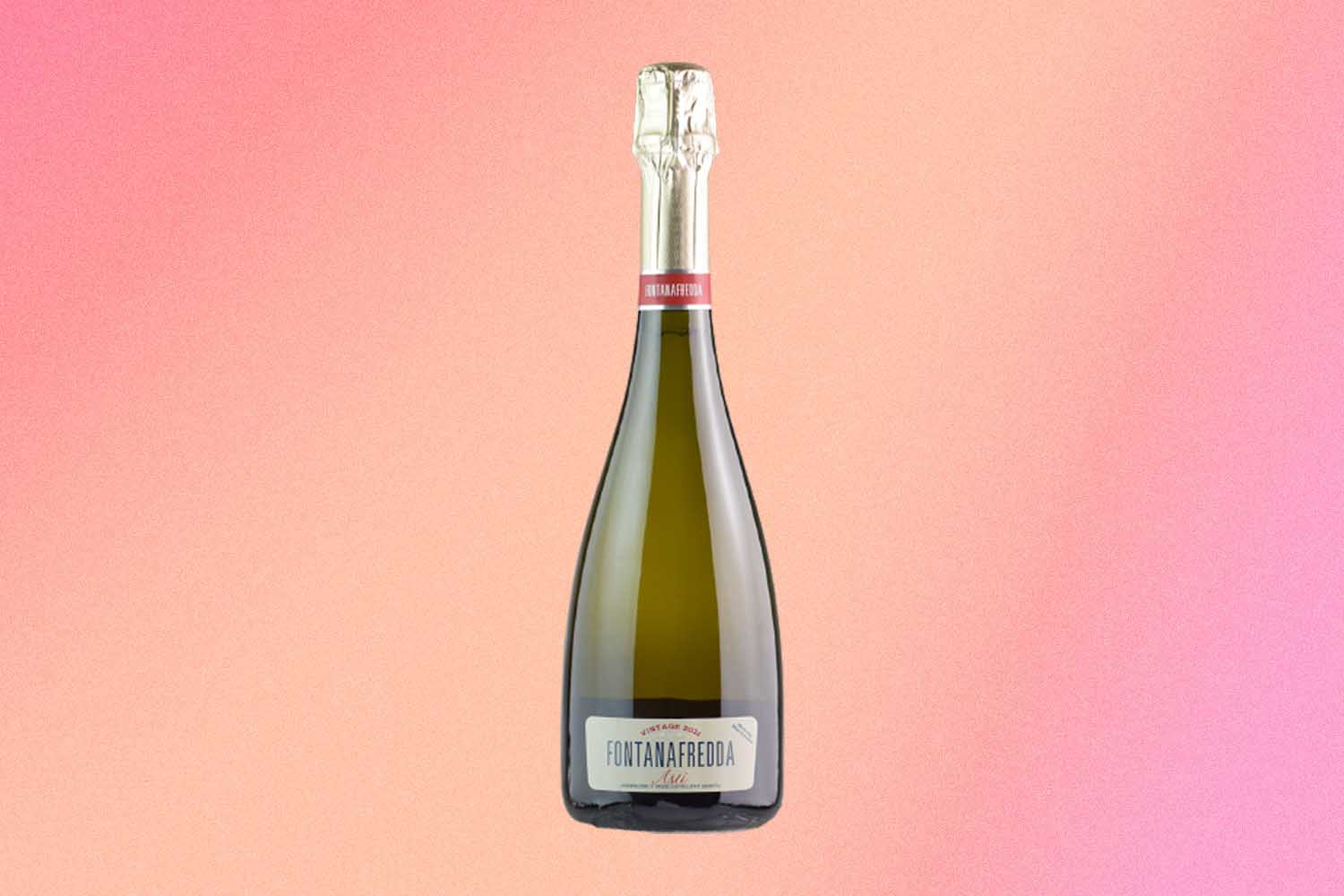
Fontanafredda Asti Spumante 2021
Made via the Charmat method, this is a wilder take on Asti Spumante. It’s yeasty with notes of sage, musk and citrus balanced out by that signature sugar and bright acidity. Racine points to this bottle as one of the more responsible expressions of Spumante available (“Fontanafredda cultivates certified organic vineyards.”) ($17)
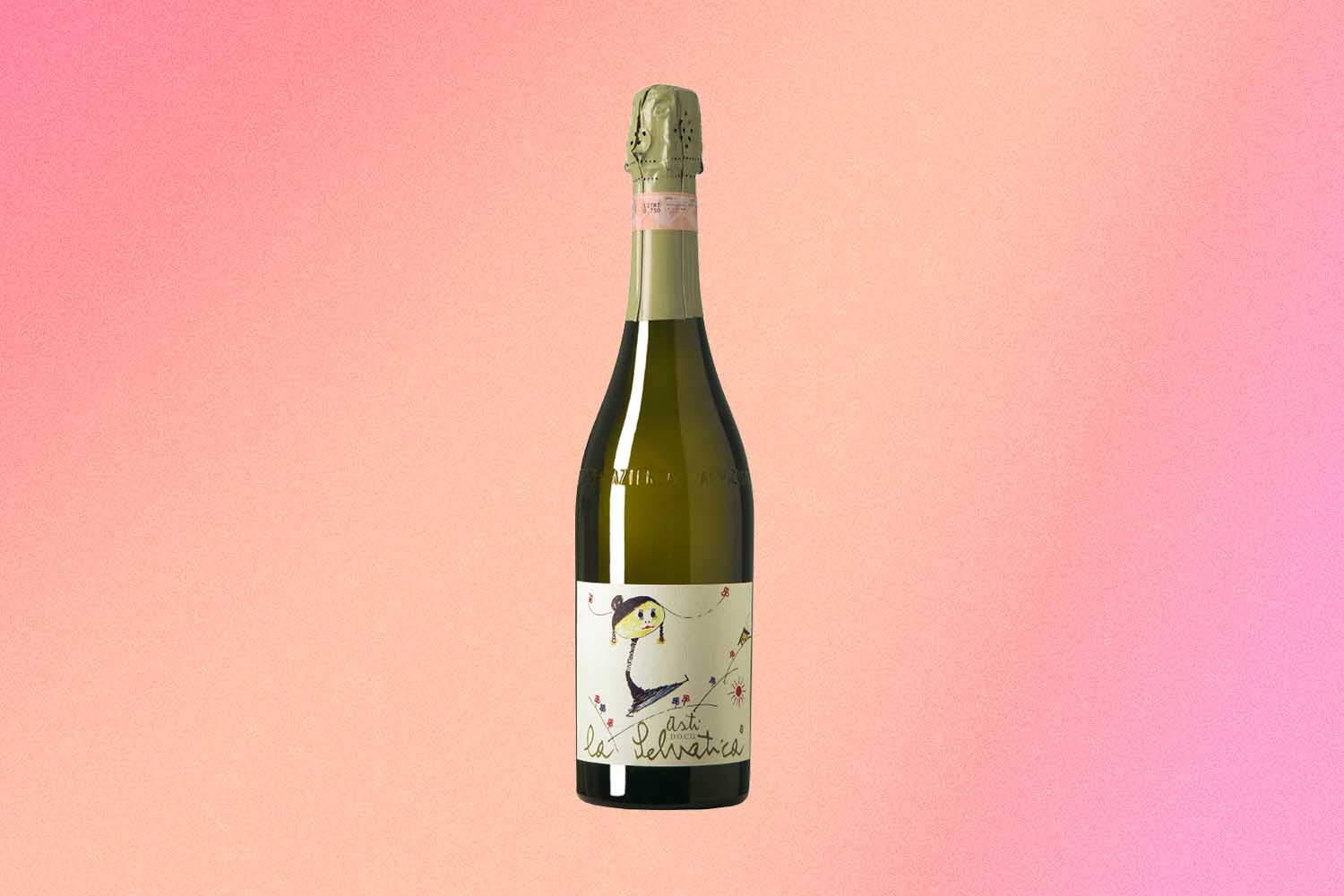
La Caudrina La Selvatica
If the sweetness of Moscato d’Asti is still off-putting, this wine almost has the vibrancy of a Champagne, made in a little drier style and with more bubbles. “While many producers are focused on volume, La Caudrina takes a different approach in sourcing all their fruit from a single vineyard and longer ferments resulting in a slightly drier, more complex and highly addictive glass of bubbly,” says Schulman.” ($16)

Cinzano Asti Spumante Dolce
While this is a larger producer and definitely more of a value pick, Cinzano’s Asti Spumante is easily available, low cost and one of Sherer’s favorite budget bottles. Floral, sweet, tropical and highly bubbled, it’s a great cocktail mixer. ($10)
Join America's Fastest Growing Spirits Newsletter THE SPILL. Unlock all the reviews, recipes and revelry — and get 15% off award-winning La Tierra de Acre Mezcal.

